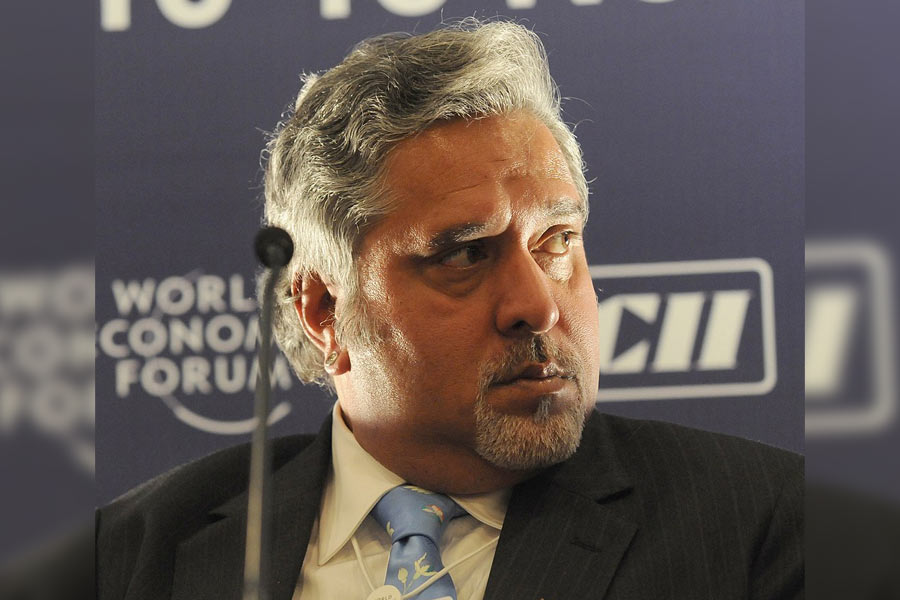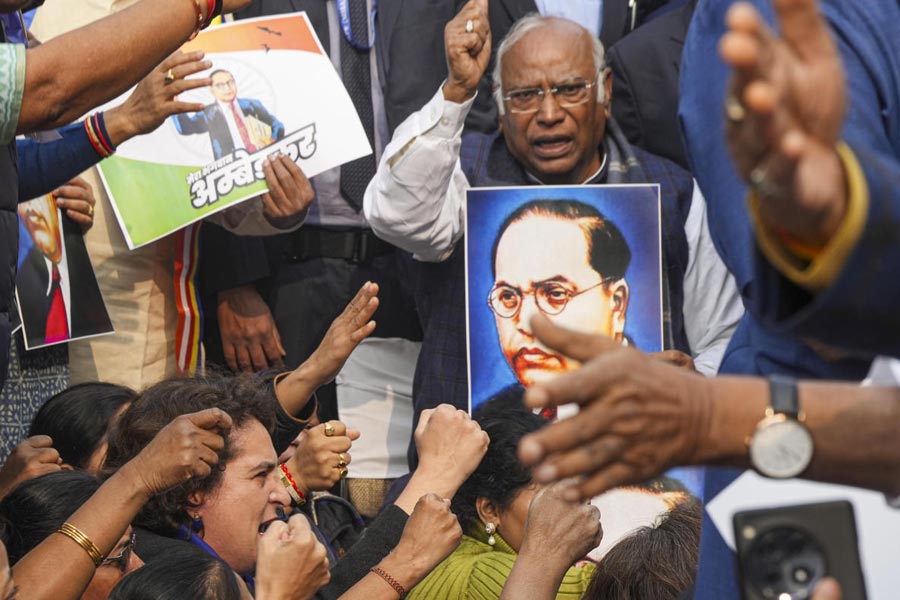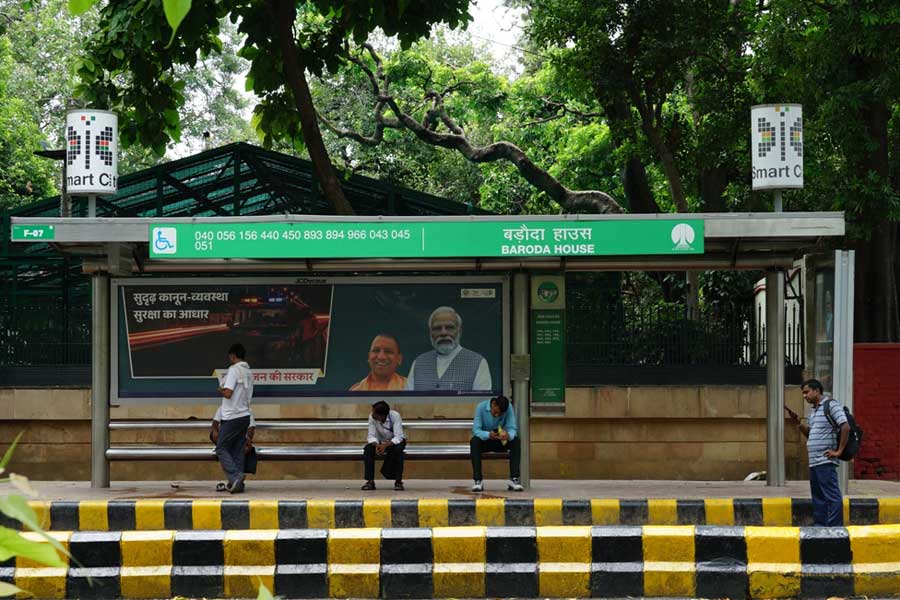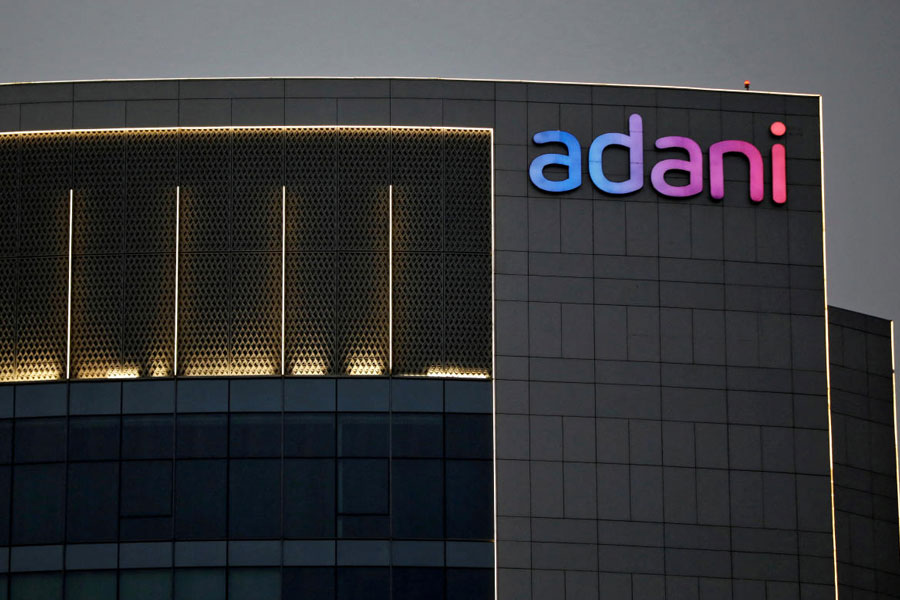The forest department is trying to streamline the age-old boat licensing certificate (BLC) system, needed to fish inside the protected forests in the Sunderbans.
Most of the original licence holders do not go fishing, said forest officials. They usually rent out the licences for a steep amount. Multiple middlemen are involved in the trade.
“The BLCs were issued for fishing and crab collection in the 1970s. They need a renewal every year. But most licence holders no longer venture out. They are renting licences out. There are several middlemen who have come into the picture. Now, the rent of one BLC runs up to ₹1.2 lakh. That is creating more pressure on the forest,” said a senior forest official.
A fisherman paying that amount has to work overtime to earn enough to be able to make some money over and above the commission. It also forces them to enter prohibited areas, increasing the risk of man-wild conflict.
The Sunderban Tiger Reserve (STR) authorities are trying to do away with the old system.
“We have collected information over the past few years on licence holders who have rented the permits out. Notices are being issued to such people. An inquiry is being conducted. The checks are happening at multiple levels. Our men are visiting homes for physical verification. The fishing boats, before venturing out every month, are inspected. We are cross-checking if the BLC holder is present on the boat,” said Justin Jones, deputy field-director, STR.
At present, there are 692 active licences issued by the STR. Officials estimate that 80 per cent of the holders rent the permits out.
Many BLC holders have other sources of income, said sources in the department.
“If they have other sources of income, then there is no need for the BLC. This licence for fishing is for subsistence, for livelihood. It is not commercial,” a source said.
“We have not started cancelling their licences yet. But the process is set to begin. The aim is to issue a fresh set of licences. But these will not be valid for life. The new papers will be more like annual permits,” he added.
Milan Mandal, the divisional forest officer of South-24 Parganas, said his division had
already started a clampdown on the irregularities in the BLC system.
“Four years ago, we had around 4,500 active licences. The present number is 2,632. The faulty licences have been scrapped,” he said.
Madan Das, a 48-year-old fisherman in a village in Gosaba block, just over 100km from Calcutta, has been in the trade for over 25 years. He owns a boat, nets and other fishing gear. But he does not have a licence.
“This year, I paid ₹80,000 to a middleman for using the licence. The year before, I paid ₹65,000,” Das said.
He goes fishing with four men from his village. His share of the catch is more than his colleagues.
Before Covid, the fishing trips would fetch him up to ₹20,000 in a good month. But now, the share has gone down to less than ₹10,000 per month.
“The BLC holders are rich people. They live in pucca houses and many of them do not need the BLC rent for a year or two. They may not rent the permits out. But people like us will suffer because fishing is our only source of income,” said Das.
The difficult terrain in the mangrove delta means few livelihood opportunities. Fishing is one of the single-largest occupation of the people in the Sunderbans.
The demand for BLCs is very high.
Mechanised boats are not allowed to fish in the mangrove waters. Barring the breeding seasons of April, May and June, non-mechanised boats with valid licences are allowed to fish in the Sunderbans.











